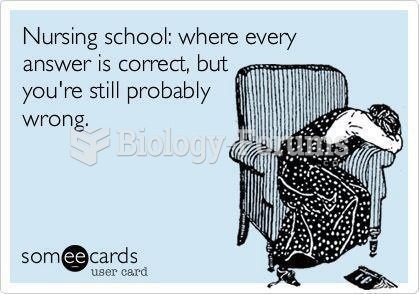Answer to Question 1
D
Several nursing theories and models have been developed to help nurse leaders prevent workplace
difficulties when working with people who are different due to age, ethnicity, race, culture, or religion.
Some of these theories and models are Leininger's Transcultural Nursing, Purnell's Model for Cultural
Competence, Campinha-Bacote's Process of Cultural Competence in the Delivery of Health Care
Service, and Giger and Davidhizar's Transcultural Assessment Model (not Giger and Morrison's
Model for Transcultural Awareness)..
Answer to Question 2
b
a. Incorrect: Debriefings are used to identify what happened in specific circumstances, what was learned, and what can be done better next time. This method of communication would not be appropriate for conveying information about a patient during a change of shift or move from one unit of a hospital to another.
b. Correct: SBAR stands for Situation, Background, Assessment, and Recommendation, and is a communication strategy that was by designed by the military, adapted by the aviation industry, and more recently by health care. It can serve as a checklist for nurses when they are communicating important information about a patient.
c. Incorrect: In a huddle, all team members come together for a short, structured communication to review what their next steps should be. Huddles can be used at routine times, such as the beginning of a shift, or when team members feel they need to regroup to think about an issue or a patient. A huddle would likely include more than two nurses involved in patient care.
d. Incorrect: Call outs are used particularly in the OR, to confirm the phase of a process. This communication method would not be used for discussing patient care after a procedure.







